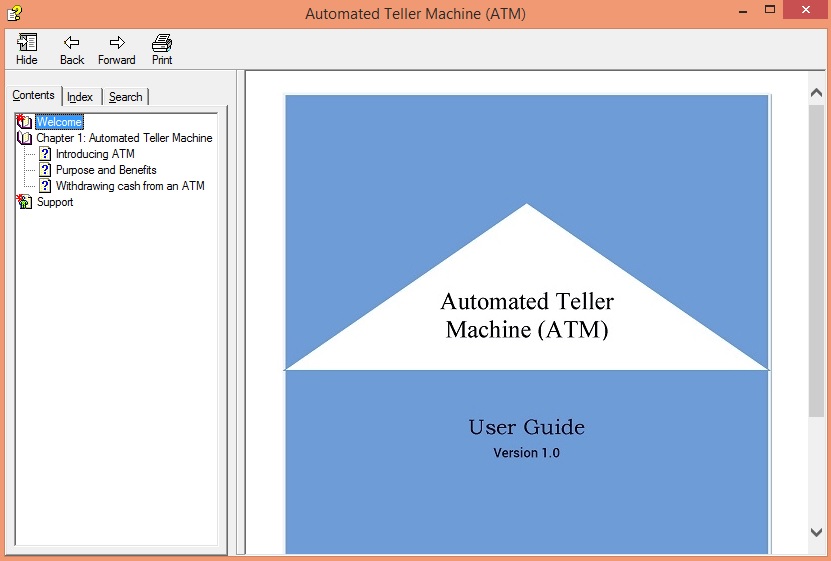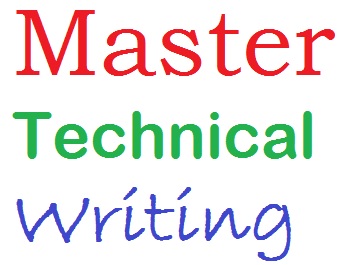In this article, you will learn how to write technical documentation in more effective ways, the standard of English language and technical information you should use, and the types of manuals technical writers create most often.
A user manual is an instruction guide for products, services, and hardware and software tools. It illustrates how a feature works, how the feature can be configured, and how it can solve a purpose. User manuals, also known as user guides, have been in use in a wide variety of fields including science, technology, aeronautics, chemistry, healthcare, electronics, information technology, medical, military, and robotics. Traditionally technicians used to refer to engineering books on the field to operate and run machines. Hence, user manuals for using machines have been with us for long. Right?
What are the Different Types of User Manuals?
Digital transformation since the 1990s, changed the way how the readers access the information. With the growth of the Internet and online platforms, structured information targeted toward achieving certain goals has evolved as the preferred form of information. This caused the evolution of user guides or online help even more. User guides on computer hardware and software products, technologies and related services, are developed in the form of manuals that are popularly known as Quick Start Guide, User Manual, Installation Guide, Administrator Guide, Design Manual, Error Message Guide, Cook Book, Operator Handbook, Tester’s Guide.
Although they can be considered instruction manuals and one form overlaps the other, each one meets certain requirements. For example, Quick Start Guide generally explains how to install software or hardware tools, unbox an application, or set up the complete procedure. This setup is carried out once at the time of installation. While a Tester’s Guide is a step-by-step guide for testing software, hardware, applications, tools, processes, and so on. Generally, these guides are created in Word document that gives PDF as an output and simultaneously online guides are created in various authoring software tools that give outputs such as HTML Help (CHM) and Web Help.

3 Tips to Write Purposeful User Manuals
To write purposeful user manuals in any language, you must learn better communication skills. A more easily understandable documentation must have the following qualities.
1. Neutralize your English language and technical information
Identify your audience
As a technical writing professional, you must first know your audience. This will help you to determine the standard of information you would create for them.
- Analyze the level of understanding of your audience such as the understanding level of English language and technical information.
- Know how your audience will use the information you are creating.
- Always draw a line what you should not say for certain audience.
Use simple and easy language
Use simplified English language (SEL) that can be understood easily by both native English speakers and non-native English speakers. Do not show off you know a polished English language, instead believe in the logic that you are writing for others.
- Restrict usage of words. Prefer more commonly used words to express the idea.
- Limit grammatical rules. Use active voice over the passive voice. Avoid using all future tenses, past perfect continuous, and present perfect continuous tenses in your writing.
- Avoid weak verbs. Limit the usage of auxiliary verbs in your sentences. Prefer strong verbs instead.
- Use shorter sentences. Prefer single clause-based sentences. One idea in one sentence. If you need to use more than one clause, use restrictive pronoun “that” to stand out the clauses.
Neutralize technical information
You must neutralize technical information so it is easy to understand at first read.
- Never use abbreviated words, jargons, technical words, or unique terms in technical information for common users. If you need to mention some abbreviation, always spell out the term.
- Do not use non-standard English words such as ‘updation’, ‘upgradation’, ‘downgradation’, ‘preponed’ or foreign words such as ‘e.g.' (stands for exempli gratia in Latin), ‘i.e.' (stands for id est or that is in Latin), 'vice versa' (stands for versus in Latin), and so on.
- Avoid idioms, phrases, sayings, and adjectives.
- Avoid racial and offensive language, biased views, criticism, mention of color unnecessarily, and geographical preferences.
2. Make the user guides user oriented
Design user manuals as quick reference guides
Users refer product manuals when they get stuck in resolving an issue when they are using the features. Hence, user manual is a need-based technical information and not fiction. Users do not read such guides from start to end, but only the relevant topics of their interest. They do not like to read anything that is not of their concern. AND THEY NEED THE SOLUTION FAST AND QUICK.
“Readers of computer documentation are generally in a hurry. Readers turn to documentation to find answers to problems and are impatient to get on with the task at hand. Write in a style that aids the customer's speedy understanding of the product.” – Prentice Hall
Put yourself in the user’s shoes. Always think how you as a user might have approached to using and configuring a feature. What would be your first reaction if you are stuck in between and cannot close an open issue?
Provide complete information in a section
A single section in manual assumes more importance than the complete book. Each section of information should be complete in itself. Your comprehensive goals as technical authors should be to make it easy to access the information. Users must not be redirected to other or more sections to resolve the issue. If required, users should be pre-informed why they should read additional sections. For example: ‘To know how to add new users to the dashboard, read Adding Users to the Dashboard.’
Develop easy navigation
Any documentation either it is in word or Help form, it should give high importance to easy navigation. Users should find out the relevant topics easily without laboring much. It annoys the users if they have to make extra clicks than they want. Users would drop the manuals if they have to labor to find the information. Help users take the tasks easily.
3. Create organized manual templates
Well-structured user manuals achieve more results.
Write structured documentation
Well-organized writing gives the documentation not only a professional look, but it enhances readability and consistency. Organizing writing means you should format your documentation in a well-defined template. Create well-planned and structured temples for all kinds of manuals you create for a product or in an organization. Every small style must be defined, including font style, font size, font color, paragraph spacing, indentation, and other formatting elements. Microsoft Word document supports all kinds of elements required in a document.
Follow industry standard style guides
To create structured templates for user guides, you can refer to the industry standard style guides. For writing convention, follow The Elements of Style (William Strunk Jr.), Microsoft Manual of Style for Technical Publications for Windows-based software products, Apple Publications Style Guide for Apple-based software products etc. For writing better error messages, refer Error Message Guide from Business Objects. For usage of English, refer The Chicago Manual of Style (University of Chicago Press) and The New Fowler’s Modern English by R W Burchfield (Oxford University Press).
Refer editing style guides
Technical writers must evolve as better editors to deliver clear writing. Most often writers do a self-review of their own writing and peer review of co-writers. At times, they are expected to review the write-ups written by other people in the organization. Use The Editor's Companion by Janet Mackenzie (Cambridge University Press) and The Copyeditor’s Handbook by Amy Einsohn (Cambridge University Press).

